Balanced (XLR) and Unbalanced (cinch) connections
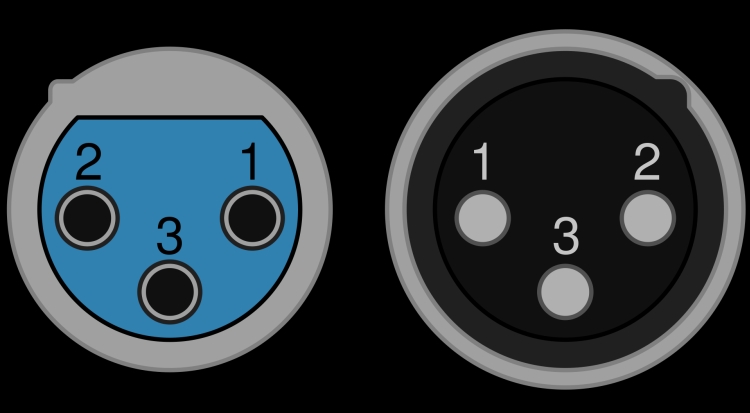
Just like the old analog versus digital matter or Mac versus PC, Balanced versus Unbalanced and/or XLR versus cinch connections is a discussion in which many people seem to have a definite point of view.
Some discussions never seem to end. You will always find people in both camps that claim to know THE TRUTH. Of course, I have my own take on this matter as well. Below I try to make clear that there are indeed differences but that it is very system dependent and ultimately perhaps also a relative matter.
Unbalanced circuitry with balanced inputs or outputs
There are downstream components that have balanced connectors but do not actively use the balanced signal. In some cases, only the positive pin will carry a signal and the negative pin will be connected to earth or is left floating and is just not used at all. The latter is fine, the former not so much because not every source component is happy having half of their output being shorted to the ground. I’ll explain more about this further below.
Then there are components that work unbalanced internally but offer a true balanced signal on the outputs derived from the unbalanced signal by means of a passive transformer or an active inverter-circuit to add/subtract the positive and negative signals and in doing so to retain the function of the balanced signal. This type of input puts no strain on the source components. This circuit can consist of only a couple of transistors, OP-Amps, or other surface mount components as well as a transformer, but if it is added to the perfectly good unbalanced signal, it could be seen as undesired extra circuitry.
True balanced operation
True balanced components have double circuitry inside: separate stages for the positive and negative side of the signal. As a result, a stereo power amplifier actually houses 4 amplification circuits. Don’t think however that plus and minus sides of the input signal are connected straight through the amp, they are not. At the receiving end (the amplifier’s inputs), the two signal halves are normally summed, and thus any induced distortions are negated. This can be done with transistors, an opamp, or a transformer. Jeff Rowland uses the latter.
Balanced cables not only carry double signal runs (one in-phase and one reversed-phase) but the circuitry also outputs a higher voltage signal. But is balanced better by definition? The reality is that it differs per application and cable brand, and is also taste-related. It really depends on the way a cable or component is designed. Some components just don’t have enough headroom and can sound stressed or maxed out when driven with balanced cables and a high-output source.
The official benefits of true balanced operation are mainly in the field of noise cancellation. This is most effective with very long cable runs of say 15 meters and more. Then you will really start to notice how much better balanced is at suppressing all kinds of noise and hum that is picked up by the cable over its entire length. But the situation is different when using cables of just one or two meters. Here, these particular benefits are less clear.
Subjective audio matters
But there is more to balanced cables and circuitry than just the suppression of noise. Everything that you do to the signal has an effect, be it positive or negative. The same goes for balanced audio and balanced cables. A balanced cable will already sound different because it has different connectors, a different conductor, and a different internal geometry and associated dielectricum. This is not even taking the nature of the signal into consideration.
In my experience, applying balanced cables makes for a “grander” sound. The stage becomes larger and particularly wider, and the sound may appear tonally more saturated. Especially when using Transparent (the brand) cables of the same type, swapping unbalanced for balanced the changes are as described above with the addition of more “flow”, more fluidity, and ease. But that may be because there are now two network boxes in the chain and a different geometry cable. With the Cardas cables that I tried in both versions and in general, everything else being equal, going balanced makes for a grander presentation while going single-ended makes for a more punchy, more narrow, and more focused presentation.
Even when using internally unbalanced components that have XLR connectors, in my case it mattered a lot when I went for balanced cables. Even when both my preamp and poweramp were unbalanced internally, adding the XLR cables made for a sound with much more scale and drive.
In any event, subjective quality aside, I consistently hear differences between these two versions of cables. And I hear them no matter if the interfaces are transformer-coupled or DC-coupled, and whether the equipment is truly balanced or Single-Ended internally. In the case of CH Precision, the equipment is truly balanced and the interfaces are DC coupled.
Update August 2021
For the longest time (also at the time that I initially wrote this article), I preferred XLR cables for their wider soundstaging that subjectively felt to be more impressive, as opposed to single-ended cables’ narrower, but sometimes more accurate soundstaging. But since a couple of years, and increasingly so, I prefer precision and accuracy over a subjective grandness. Moreover, since using dynamic speakers rather than dipoles, it’s clear that single-ended connections provide deeper and more 3D soundstaging than balanced connections. Yes, it’s usually less ultrawide but one could ask which of the two renditions is more “real”. I won’t pretend to know the answer to that but I will say that I gladly trade some wideness for more layered and more convincing 3D imaging. And what’s lost in terms of cinemascope effect is not even that much. I’d even be tempted to conclude that balanced connections add some default wideness and that single-ended connections can sound just as wide if this is registered in the recording.
In the end, none of the theories nor my opinions really matter. You’ll just have to try it out for yourself to see what you prefer.
Adapters – XLR to Cinch
As mentioned above, components may have XLR connectors, but they need not be working in balanced mode. In itself, this is no issue at all, as long as either the positive and negative signals are added/subtracted properly or the negative signal is just ignored.
It becomes trickier however when for example a power amp is used that on its input shorts pin 3 to pin 1 (neutral/ground). I have encountered this with several tube power amplifiers, for example with the Ayon Crossfire III. This is not always a problem but it depends on the preamp or source component. For example components with transformer-coupled outputs may be less bothered by this. The Jeff Rowland Concerto preamp (which has transformer inputs, but direct opamp outputs) does not like this at all and sounds dynamically compressed when used like this. The solution in such cases is to fabricate a cable that only uses the preamp or source component’s neutral and positive pins (usually 1 and 2), and leaves the negative pin (usually 3) floating.
Adapters – Cinch to XLR
Naturally, the situation is different when connecting an unbalanced source (such as a CD player) with a cinch output to a balanced destination (such as a preamp) with an XLR input. In this case, the XLR’s negative pin must always be shorted to the ground. All cinch to XLR adapters do this, as do cinch to XLR adapter cables.

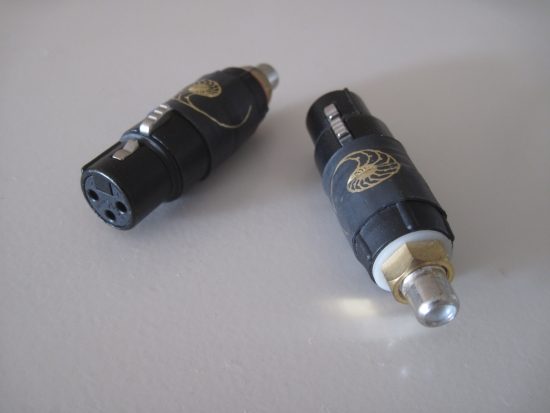
Beware of the above issue also with XLR input to cinch output adapters! All such adapters that I have tried, and that includes the black sleeved “Golden Reference” Cardas versions pictured above, pin 3 is shorted to mass, which as explained above, does not work well with all source components. These connectors are otherwise of excellent quality (and do indeed sound different from standard Neutrik adapters) but unlike their cinch output to XLR input alternatives, these are not universally applicable.

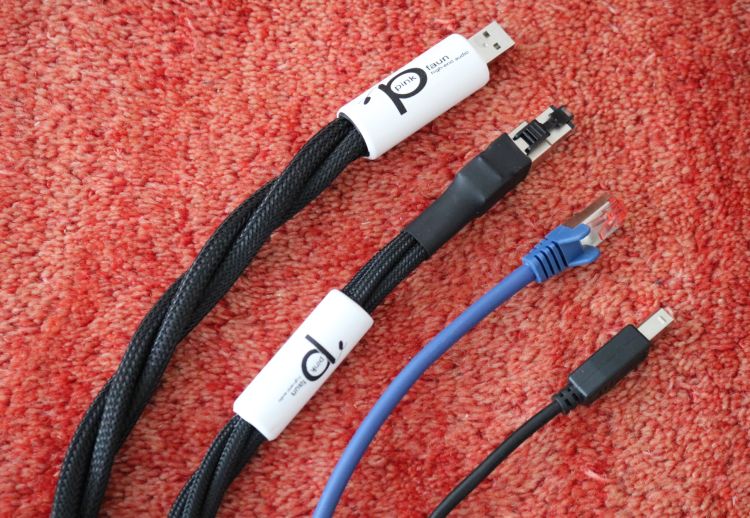
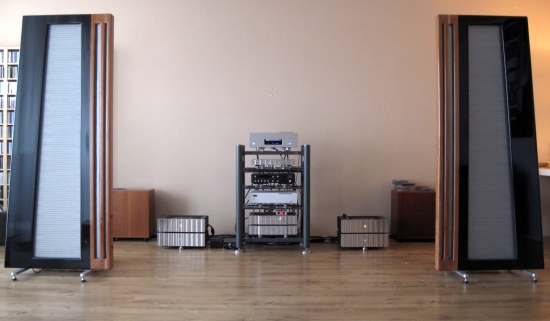
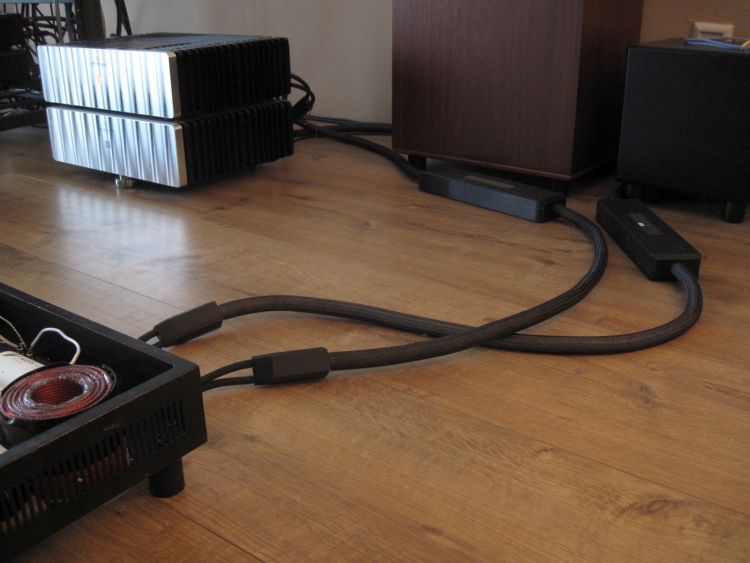
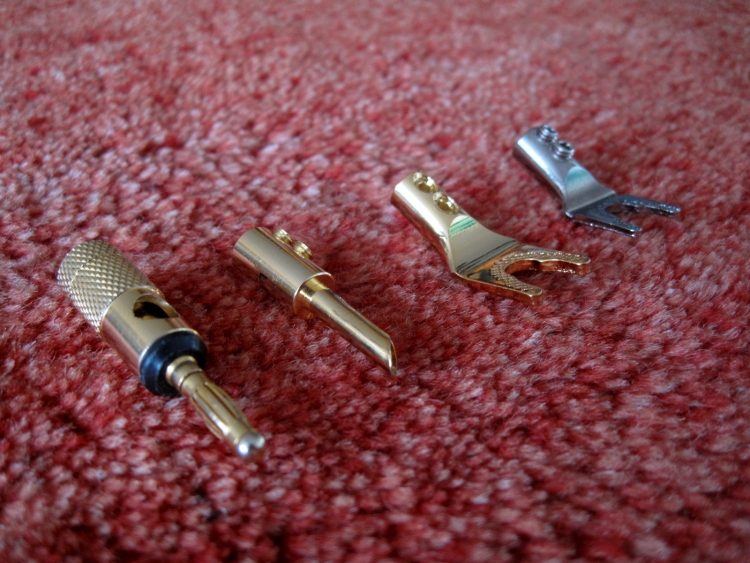

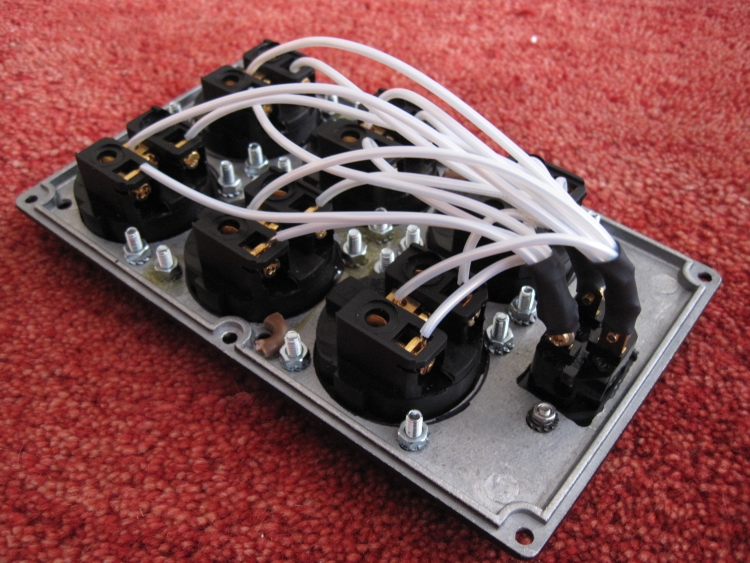
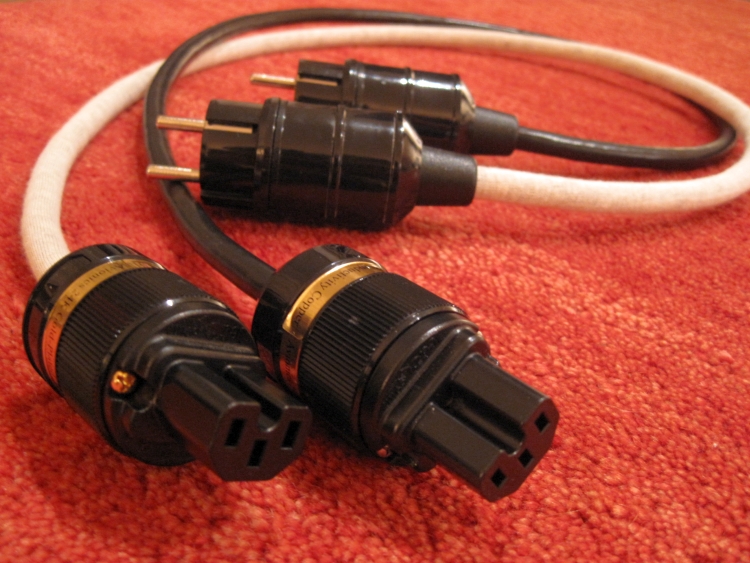
Just came upon your article and it resonates with my experience in using SE cables on discrete/true balanced components. Like you I found that the XLR (Cardas Clear) created a very wide soundstage that placed instruments right behind or beyond the speakers. In my medium sized room it just presented as weird. I also prefer a tighter focused, realistically layered “window” into the performance. I listen to a lot of acoustic guitar (most augmented with amplification) and the “wideness” effect of the xlrs would splash the finger “squeeks” toward the speakers destroying what Pearson called the “continuity.”
Thanks for your thoughts, no one seems to be talking about this phenomenon.